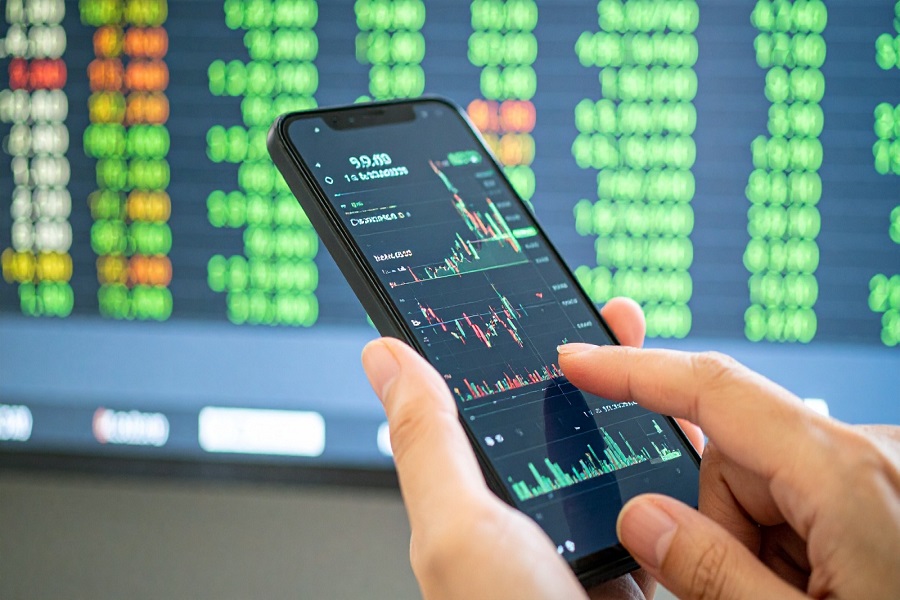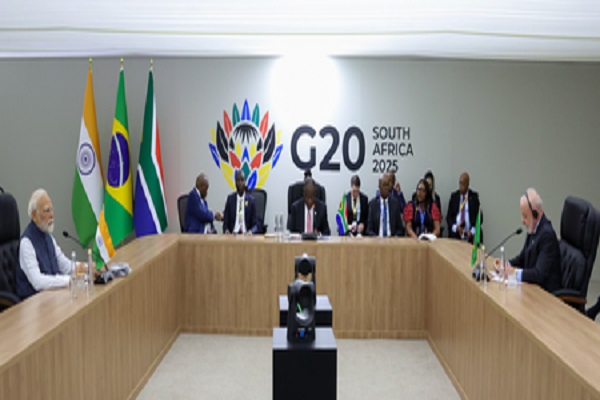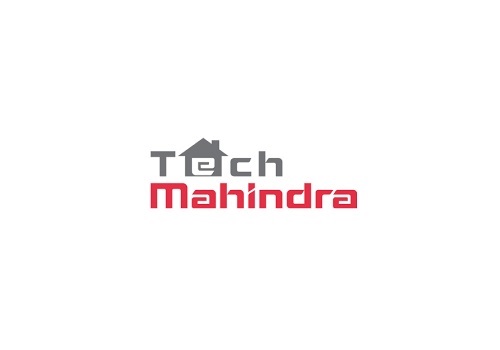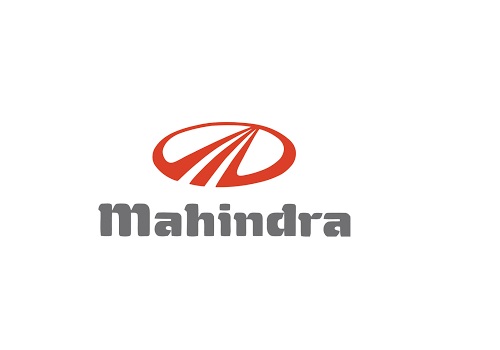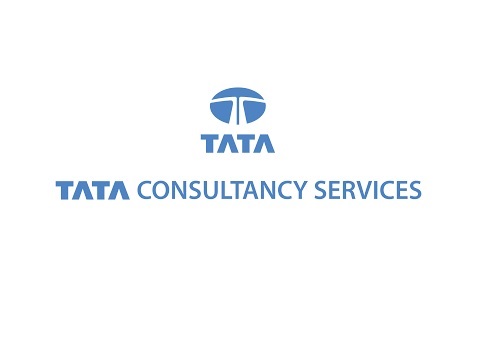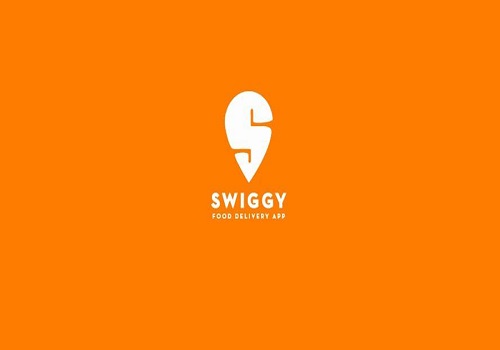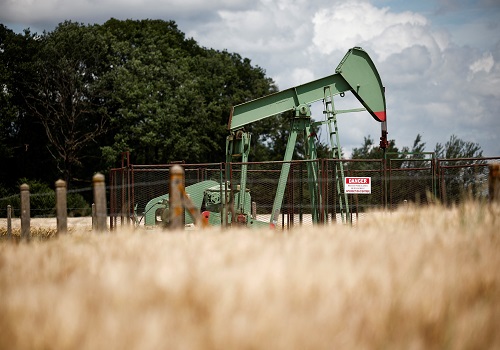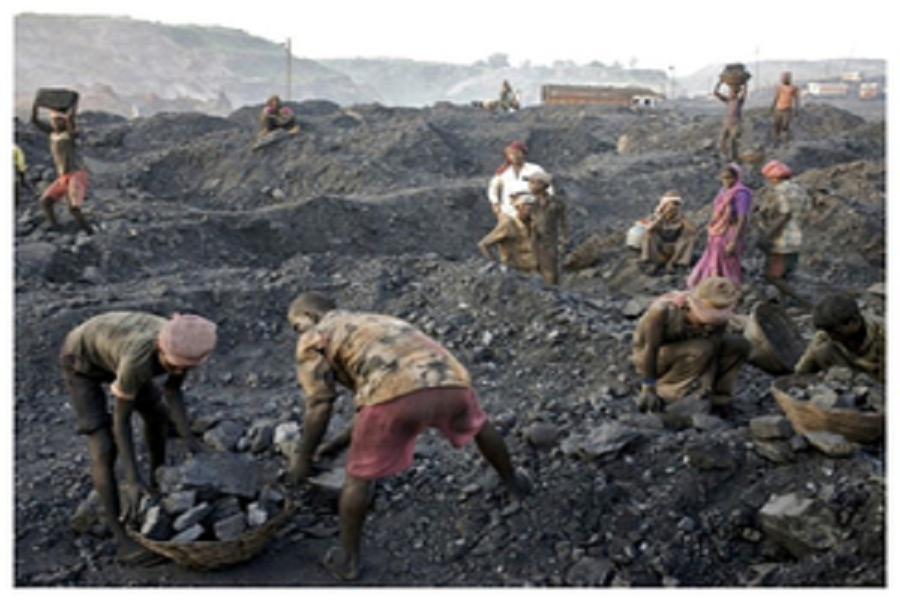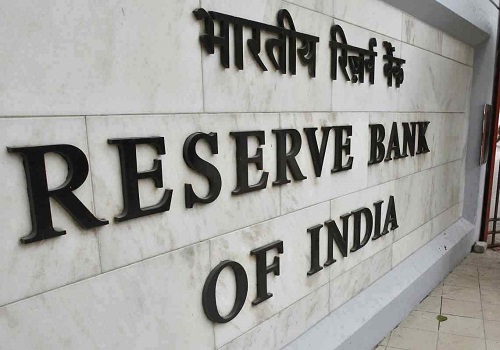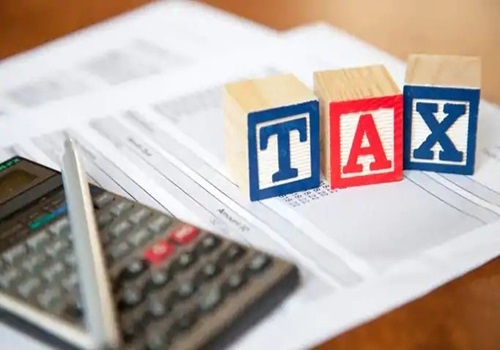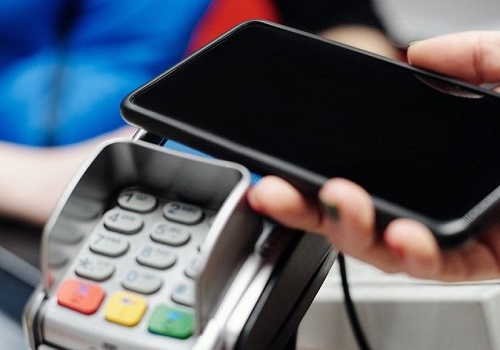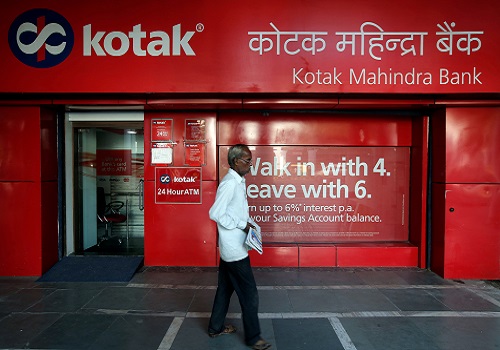Banking Sector Update: A closer look at credit costs and other aspects By YES Securities
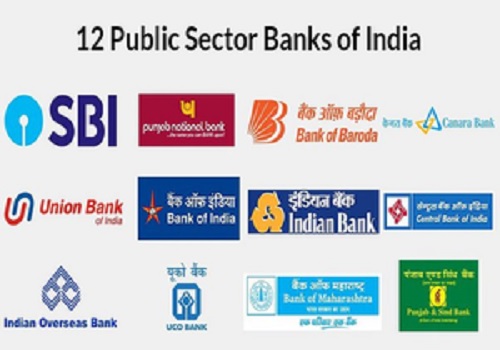
We took a closer look at 1HFY24 credit costs and other aspects of all our coverage banks and drew the following key conclusions (1) Banks whose normalized credit cost run rate most exceeds or matches FY24E consensus are IIB, RBL, KMB, HDFCB, DCB and IDFCB (2) Banks whose normalized credit cost run rate most lags FY24E consensus are BOB, INBK, AXSB, SBI, FED and ICICI (3) Banks with the largest proportion of loan book impacted by the new RBI risk weight guidelines are DCB, RBL and IDFCB (4) While NIM may see lesser volatility going forward, there are multiple moving parts to monitor in this regard (5) AXSB and INBK have the most improved liability profile over the past 12 months, achieved without resorting to premium SA rates (6) AXSB and BOB are the largecap banks with the most improved fee income traction over the past 12 months.
Banks whose normalized credit cost run rate most exceeds or matches FY24E consensus are IIB, RBL, KMB, HDFCB, DCB and IDFCB
Notably, these are the banks that are either (1) already in our least preferred list (RBL, KMB, IDFCB and DCB, in descending order) or (2) was in our least preferred list till recently (HDFCB) or (3) has been in the middle of our pecking order (IIB). We believe that normalized credit cost in 1HFY24 gives us a good directional sense of credit cost for full year FY24E because we do not think credit cost should likely decline in 2HFY24 in an environment where interest rates are elevated and will remain so for some time.
Banks whose normalized credit cost run rate most lags FY24E consensus are BOB, INBK, AXSB, SBI, FED and ICICI
Again, notably, these are the banks that are already in our most preferred list (BOB, AXSB, SBI, INBK, ICICI and FED, in descending order). We believe that comparing normalized credit cost in 1HFY24 to Bloomberg consensus is key to understanding how banks are delivering compared with what is priced in.
Banks with the largest proportion of loan book impacted by the new RBI risk weight guidelines are DCB, RBL and IDFCB
The proportion of loan book impacted for DCB, RBL and IDFCB are 31.6%, 29.7% and 26.5%, respectively. This is assuming LAP book is also impacted. Our coverage banks would see an erosion of CET1 ratio ranging between 42-135 bps due to the new risk weight guidelines. The risk weight guidelines, as such, do not necessitate common equity capital raise by our coverage banks. The guidelines are more a pronouncement on what segments the RBI feels the banking sector should slow down in.
While NIM may see lesser volatility going forward, there are multiple moving parts to monitor in this regard
Tactically, BOB, INBK and SBI have a larger share of non-EBLR floating rate loans at 63%, 59% and 42%, respectively, which implies some residual potential of yield rise from upward MCLR book repricing. Structurally, over FY18-23, IDFCB, RBL, AXSB and ICICI have seen the greatest decline in share of low-yield loans, amounting to 17.4%, 11.1%, 10.9% and 8.2% points, respectively. We do not regard the loan book mix of IDFCB and RBL to be optimal and hence, the evolution of AXSB and ICICI is most admirable in this regard. Loan mix change trends in 1HFY24 have been directionally similar.
AXSB and INBK have the most improved liability profile over the past 12 months, achieved without resorting to premium SA rates
IDFCB, INBK and AXSB have seen the greatest improvement in share of LCR retail deposits over 12 months,amounting to 858, 652 and 529 bps, respectively. IDFCB, however, has depended on premium SA rates to achieve this. KMB, IDFCB and AXSB have CASA ratios of 48.3%, 46.4% and 44.4% but, again, KMB and IDFCB have achieved the same using premium SA rates.
AXSB and BOB are the largecap banks with the most improved fee income traction over the past 12 months
The fee income to assets for AXSB and BOB has risen 21bps and 7 bps, respectively, over 12 months. The rise has also been healthy for IDFCB, CSB and RBL at 31 bps, 29 bps and 21 bps, respectively. However, IDFCB and RBL are achieving this basis a sub-optimal dependence on small-ticket unsecured lending.
Please refer disclaimer at https://yesinvest.in/privacy_policy_disclaimers
SEBI Registration number is INZ000185632


